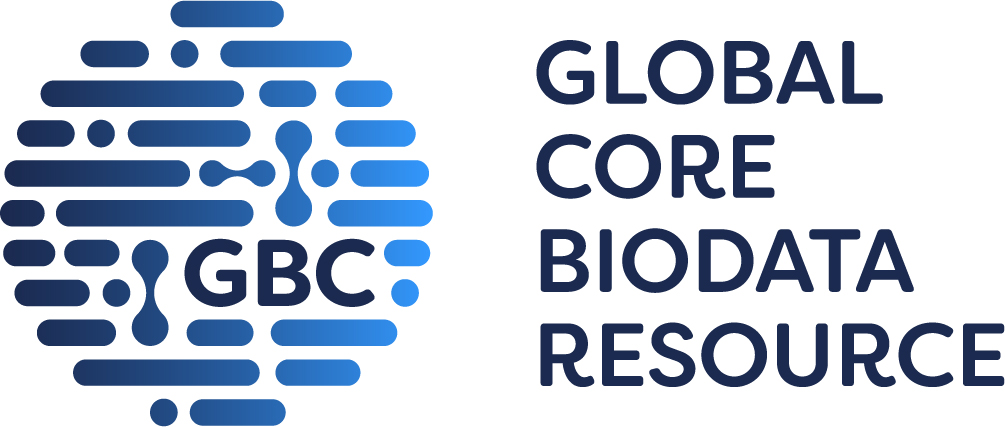
GtoPdb is requesting financial support from commercial users. Please see our sustainability page for more information.
Prokineticin receptors C
Unless otherwise stated all data on this page refer to the human proteins. Gene information is provided for human (Hs), mouse (Mm) and rat (Rn).
Overview
« Hide
More detailed introduction 
Prokineticin receptors, PKR1 and PKR2 (provisional nomenclature as recommended by NC-IUPHAR [3]) respond to the cysteine-rich 81-86 amino-acid peptides prokineticin-1 (PROK1, Q9HC23) (also known as endocrine gland-derived vascular endothelial growth factor, mambakine) and prokineticin-2 (PROK2, Q9HC23) (protein Bv8 homologue). An orthologue of PROK1 from black mamba (Dendroaspis polylepis) venom, mamba intestinal toxin 1 (MIT1, [14]) is a potent, non-selective agonist at prokineticin receptors [9], while Bv8, an orthologue of PROK2 from amphibians (Bombina sp., [10]), is equipotent at recombinant PKR1 and PKR2 [11], and has high potency in macrophage chemotaxis assays, which are lost in PKR1-null mice.
Receptors
|
PKR1
C
Show summary »
More detailed page |
|
PKR2
C
Show summary »
More detailed page |
Comments
Further reading
How to cite this family page
Database page citation (select format):
Concise Guide to PHARMACOLOGY citation:
Alexander SPH, Christopoulos A, Davenport AP, Kelly E, Mathie AA, Peters JA, Veale EL, Armstrong JF, Faccenda E, Harding SD, Davies JA et al. (2023) The Concise Guide to PHARMACOLOGY 2023/24: G protein-coupled receptors. Br J Pharmacol. 180 Suppl 2:S23-S144.








Genetic mutations in PROKR1 are associated with Hirschsprung's disease [13], while genetic mutations in PROKR2 are associated with hypogonadotropic hypogonadism with anosmia [2], hypopituitarism with pituitary stalk interruption [12] and Hirschsprung's disease [13]. PKR2 has been recently identified as a receptor for T. cruzi natural infection [5]. PROK2 neuropeptide signalling via PKR2 on spinal neurons generates pleasant touch sensation [8].